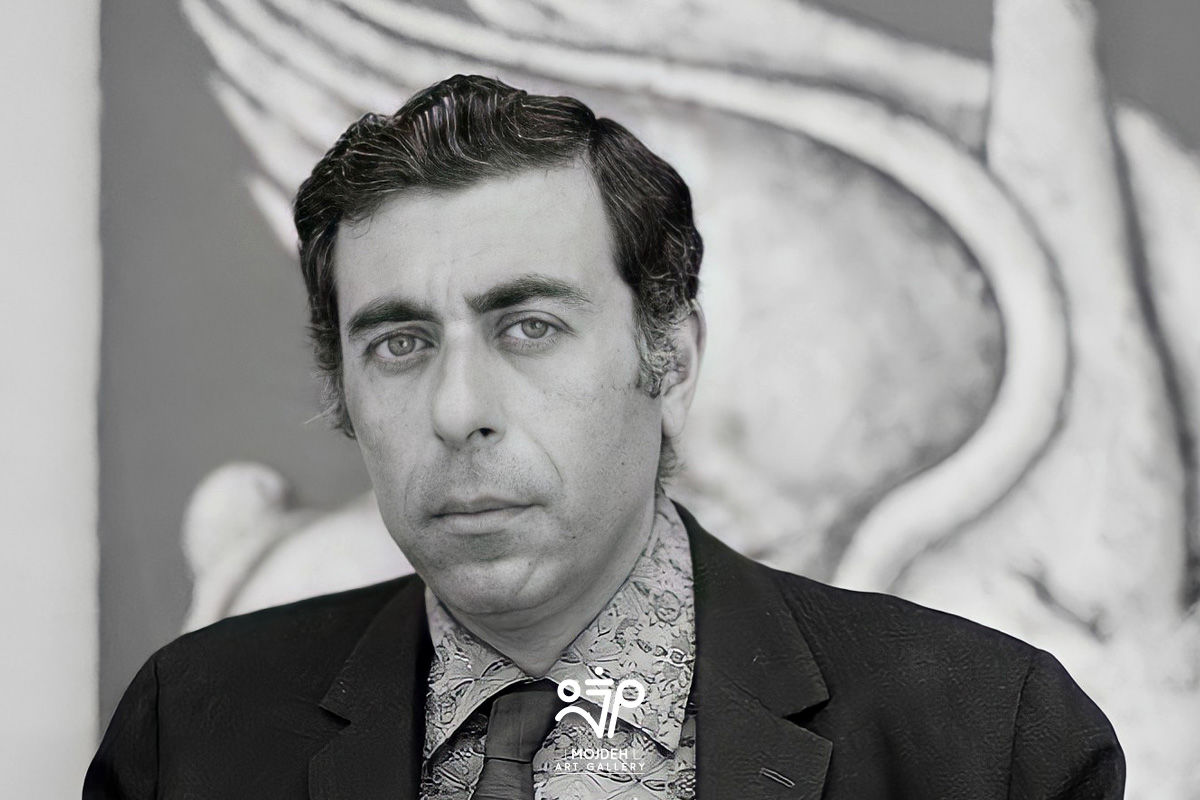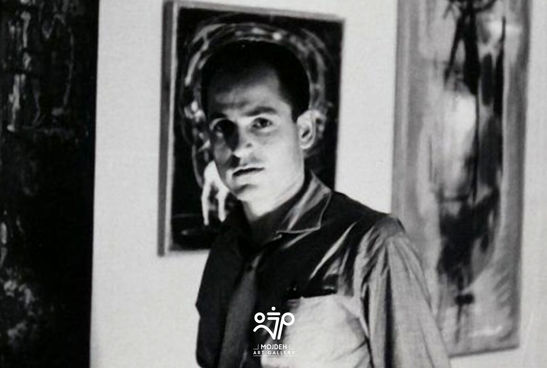Bahman Mohasses

Bahman Mohasses was born in 1930 in Rasht. In his youth, he learned painting from Mohammad Habib Mohammadi, one of Rasht's painters. Habib Mohammadi was among the artists who were interested in landscapes and urban spaces, and these spaces are evident in his work. Thus, Mohasses' first steps were taken in the early 1940s, and at the end of this decade, with the support of his teacher, his first solo exhibition was held in Rasht in 1951. During this period, he moved to Tehran with his family and entered the Fine Arts Faculty. His worldview and life were at odds with the academic frameworks, and after a few months, he left university and went to Italy to learn painting and studied art at universities there. During the same period in Iran, his contemporaries, such as Sohrab Sepehri, Behjat Sadr, Hossein Kazemi, Mansoureh Hosseini, and others, either graduated from Tehran University or were learning the basics of visual arts in European countries simultaneously with Mohasses. During this period, Mohasses became acquainted with the members of the Khoroos Jangi (Fighting Cock) magazine, especially Ziapour and Hushang Irani, and the perspective of this avant-garde group influenced Mohasses' life. In Italy, he also participated in group and solo exhibitions with other artists and exhibited his works in some European biennials. He returned to Iran in the early 1960s and, in addition to exhibitions in Iran, engaged in stage design, book cover design, and translation. Some of his experiences in translating theatrical works from French, English, and Italian were among the first translated works into Persian and are considered important. He returned to Italy again in the late 1960s, but some of his works, especially his sculptures, were present in a number of public urban spaces in Iran and he was recognized as one of the most influential artists at that time and holds an important position. His most important exhibitions in Iran during that period were held at the Seyhoun Art Gallery. In the years following the Iranian Revolution, Mohasses continued to live in Italy and became more mature and daring in his work. It should be added that Mohasses had many experiences in the visual arts and many people know him for his giant volumes, paintings of giants, still lifes, and so on, but he was also important in the field of printmaking and linocuts and was considered a skilled designer. A number of Mohasses' designs and prints have been published in some books that have been published about his life and works.
Sohrab Ahmadi
Photo by Ahmad Aali


